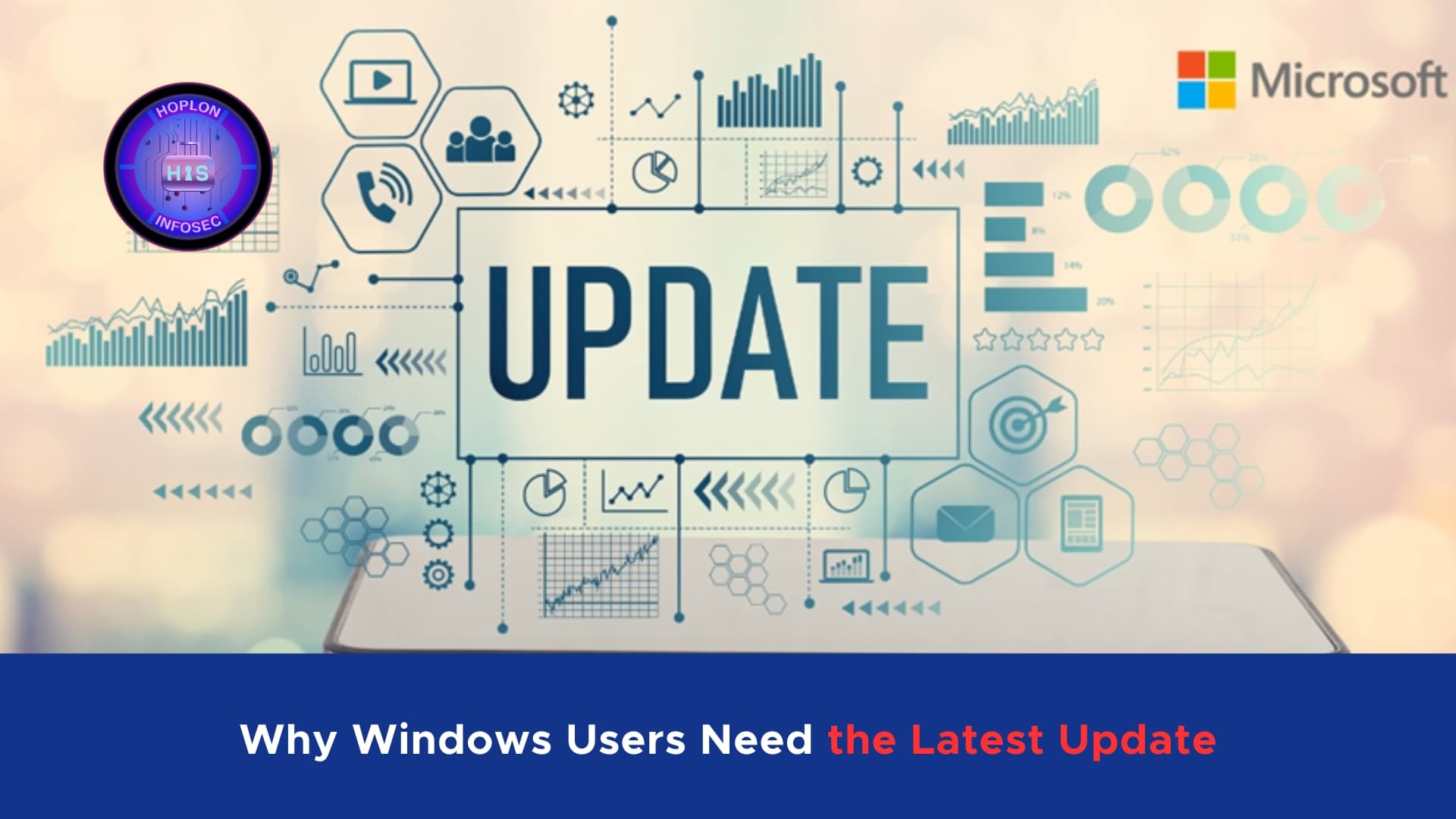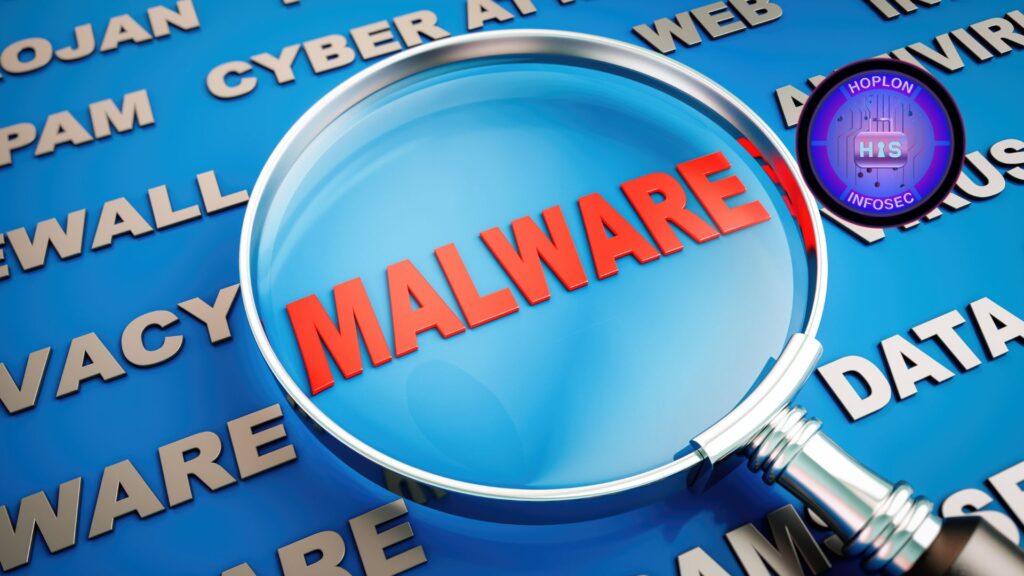Bootkit Malware Alert: Why Windows Users Need the Latest Update

Hoplon InfoSec
06 Feb, 2025
Why This Update Matters
Imagine powering up your computer one morning only to discover that a hidden, malicious program has silently controlled your system before Windows begins to load. It may sound like something out of a cyber-thriller, but this is the real-life threat of bootkit malware. This type of malware is engineered to infiltrate your computer at the most critical startup point, bypassing many conventional security measures.
Because of rootkits’ stealthy and dangerous nature, cybercriminals increasingly use them to steal sensitive data, turn off security updates, and even lock users out of their systems. To counter this threat, Microsoft has released a significant security update to fortify Windows Media software against these vulnerabilities. For anyone using a Windows operating system, understanding and acting on this update is crucial. In this article, we delve into what bootkit malware is, why it poses such a grave risk, how Microsoft’s latest update helps protect your system, and what steps you can take to safeguard your digital life further.
Understanding Bootkit Malware: A Silent Predator
Bootkit malware is not your average computer virus. Unlike typical viruses that infect files or programs, once Windows has loaded, rootkits operate at the very start of your computer’s boot process. This means that they embed themselves deep within the system’s startup routine, effectively lying dormant and hidden until they can unleash their malicious payload.
The core of the threat lies in the fact that boot kits load before most of the security software and antivirus programs are activated. When your computer starts, these security programs are not yet running; thus, they are unaware of the malware’s presence. This stealthy characteristic makes boot kits incredibly difficult to detect and remove. Once installed, boot kits give attackers near-complete control over the system, allowing them to access passwords, banking details, and other sensitive information. They can even prevent the installation of crucial security updates, ensuring their grip on your system remains firm.
The risk is compounded by the fact that bootkit infections are notoriously resilient. Even if some malware components are removed, they often leave behind a backdoor, making it possible for the attackers to reinstall the malware later. As a result, dealing with a bootkit infection frequently requires a complete system wipe and a thorough reinstallation of the operating system—an inconvenient and potentially data-destructive process.
The Dangers of Bootkit Malware

Understanding the operational mechanism of bootkit malware is essential, but recognizing the extent of its danger is equally critical. There are several key reasons why boot kits are considered one of the most serious threats to computer security:
1. Pre-Operating System Execution
Bootkits activate before the operating system fully loads. This pre-OS execution means they can intercept and control every process during startup. Most antivirus and security solutions only begin scanning and protecting the system once Windows or another operating system is running. Since rootkits operate outside this protective window, they can effectively bypass these defenses.
2. Total System Control
Once installed, a bootkit can seize complete control of your computer. With this level of access, hackers can monitor your activities, steal personal information, and even manipulate system processes to suit their purposes. The attackers can intercept sensitive data, from login credentials and personal documents to financial information such as credit card numbers and banking details.
3. Evading Detection
Because boot kits integrate themselves into the boot process, they are adept at evading traditional antivirus scans. Security software designed to monitor and protect the operating system may never even see the bootkit’s malicious code because it is executed before these programs become active. This evasiveness makes detection challenging and complicates removal efforts if an infection is suspected.
4. Persistence and Reinfection
A particularly worrying aspect of bootkit malware is its persistence. Even if some parts of the malware are detected and removed, rootkits often leave behind remnants or “backdoors” that allow the malware to reinstall itself later. This persistence means that once a bootkit infection takes hold, it can continue to pose a risk long after the initial removal, potentially necessitating drastic measures like a full system reinstallation to eliminate the threat fully.
Given these dangers, the need for robust, preemptive security measures becomes clear. This is precisely why Microsoft’s security update is so significant—it directly targets the vulnerabilities exploited by bootkit malware and strengthens your system’s defenses against these stealthy threats.
Microsoft’s Security Update: A Crucial Defense Against Bootkits
Recognizing the escalating threat posed by bootkit malware, Microsoft has developed a targeted security update that explicitly addresses vulnerabilities in Windows Media software. This update is not simply a routine patch but a proactive defense designed to close the security loopholes that boot kits exploit.
How Does the Update Work?
At its core, the update includes a specialized security script. This script is engineered to identify and patch the vulnerabilities within Windows Media files—areas that bootkit malware often targets. By closing these gaps, the update prevents hackers from using bootkit malware to bypass security measures and gain unauthorized system access.
The update achieves several important objectives:
- Closes Security Gaps: By addressing specific vulnerabilities in Windows Media software, the update ensures that bootkit malware can no longer use these entry points to infiltrate your system.
- Prevents Unauthorized Access: By patching these vulnerabilities, hackers lose one of their primary methods for bypassing security updates and accessing your system at startup.
- Strengthens System Integrity: The update reinforces the overall defenses of the system, making it more resilient against deep-rooted malware infections that have the potential to persist and reinfect.
This security update is a significant step forward in the ongoing battle against increasingly sophisticated cyber threats. By addressing the core issues that allow boot kits to operate, Microsoft is helping to safeguard the integrity of millions of Windows devices worldwide.
What the Update Addresses

The update from Microsoft specifically targets vulnerabilities widely exploited by bootkit malware. These vulnerabilities reside in components of Windows Media software—a part of the system that many users might not consider a security risk until they fall victim to an attack.
Vulnerabilities in Windows Media Software
Windows Media software handles various media files and streaming data. However, its complexity also makes it a potential target for malicious actors. Hackers have discovered ways to embed bootkit malware within seemingly benign media files. The bootkit is activated once these files are loaded during the startup process, and a stealthy operation begins.
By patching these vulnerabilities, Microsoft’s update effectively seals off the backdoor bootkit malware that bypasses standard security protocols. This prevents attackers from using media files as vehicles for infection, thereby significantly reducing the risk of a bootkit gaining a foothold in the system.
Enhancing the Update’s Impact
In addition to closing these specific vulnerabilities, the update reinforces the system’s overall security posture. It ensures that any attempt to exploit the Windows Media software is thwarted, making it far more difficult for rootkits to establish a presence on your device. This enhancement is critical because it protects against known threats and helps defend against future, more sophisticated attacks that may try to exploit similar weaknesses.
Steps to Protect Your Computer from Bootkit Malware
While Microsoft’s update is a crucial defense against bootkit malware, protecting your computer requires a multifaceted approach. Cyber threats are constantly evolving, and it is essential to adopt additional security measures to keep your system safe. Here are some practical steps you can take:
1. Keep Your Windows Updated
Regularly updating your operating system is one of the most effective ways to protect against malware. Windows updates often include security patches that address newly discovered vulnerabilities. To ensure your system is secure, go to Settings > Windows Update > Check for Updates and install any available updates as soon as they are released. Keeping your system current is critical to maintaining a secure environment.
2. Run the Microsoft Security Script
Microsoft has provided a dedicated security script that targets the vulnerabilities of bootkit malware exploits. It is essential to download and run this script as soon as possible. The script automates patching Windows Media software, promptly closing the identified security gaps. By running the script, you add an extra defense layer that neutralizes the bootkit threat.
3. Utilize Robust Security Software
While Windows Defender offers a baseline level of protection, relying solely on it may not be enough to fend off sophisticated threats like bootkit malware. Consider installing a trusted third-party antivirus solution that offers enhanced real-time protection and more comprehensive scanning capabilities. A multi-layered security strategy that includes Windows Defender and additional antivirus software can significantly reduce your risk of infection.
4. Be Cautious with Downloads and Links
Cybercriminals often employ social engineering techniques to spread bootkit malware. Malicious actors may disguise malware-laden attachments as legitimate files or use fake software update notifications to lure unsuspecting users into downloading harmful programs. Always be cautious when opening email attachments, clicking links, or downloading files from unverified sources. Ensuring that you only interact with trusted websites and reputable sources can go a long way in preventing a malware infection.
5. Enable Secure Boot in BIOS
Secure Boot is a feature available in most modern PCs that helps ensure that only trusted software is loaded during the startup process. Enabling Secure Boot in your computer’s BIOS can prevent unauthorized code—such as bootkit malware—from running at startup. This additional safeguard ensures that only verified, secure software can execute, reducing the risk of bootkit infections and other pre-OS attacks.
Additional Security Measures to Consider
While the steps mentioned above form the foundation of a secure computing environment, there are additional measures you can take to enhance your digital security further:
Regular Backups
Keeping regular backups of your important data is essential. If your system is compromised by malware, such as a bootkit, having a current backup allows you to restore your files and minimize data loss. Use an external hard drive or a reliable cloud storage service to maintain copies of your critical documents, photos, and other personal files.
Network Security
Ensure that your network is secure by using strong passwords for your Wi-Fi and enabling encryption protocols such as WPA3. A secure network prevents unauthorized access and minimizes the risk of malware spreading from one device to another. Consider using a firewall to monitor and control incoming and outgoing network traffic.
Education and Awareness
Cybersecurity is not just about technology—it’s also about being informed. Follow reputable cybersecurity news sources and blogs to stay updated on the latest threats. Educating yourself about common tactics used by hackers can help you recognize and avoid potential threats before they cause harm.
Use of Virtual Private Networks (VPNs)
For added security, particularly when accessing public Wi-Fi networks, consider using a Virtual Private Network (VPN). A VPN encrypts your internet connection, making it significantly harder for hackers to intercept your data. This extra layer of security is essential if you frequently access sensitive information online.
Regular System Scans
Perform regular system scans using your antivirus software to detect anomalies or suspicious activity. Even if you follow all recommended precautions, it is wise to check your system periodically for any signs of malware. Early detection can prevent a minor issue from becoming a significant security breach.
Final Thoughts: Don’t Take Security Lightly

In today’s digital landscape, cyber threats are constantly evolving. Bootkit malware, in particular, represents one of the most dangerous challenges, primarily because it can infiltrate your system before traditional security measures have a chance to activate. The malicious nature of boot kits—combined with their persistence and the difficulty of detection—makes them formidable adversaries in the realm of cybersecurity.
Microsoft’s recent security update is not merely an optional enhancement but a vital defense mechanism designed to counter one of the most insidious forms of malware. The update significantly reduces the risk of a devastating infection by patching the vulnerabilities in Windows Media software that boot kits exploit. Installing this update should be considered a top priority for every Windows user.
However, it is equally important to adopt a holistic approach to cybersecurity. Keeping your operating system updated, running the dedicated security script, using robust antivirus software, and practicing cautious online behavior are all critical steps in protecting your computer. Additionally, enabling features like Secure Boot and maintaining regular backups can mitigate cyberattack risks.
As cybercriminals continue to refine their techniques, staying informed and proactive is your best defense. Do not underestimate the importance of these measures. Your data, financial information, and overall system integrity depend on it. The digital world is full of potential hazards, but with vigilance and the proper security practices, you can significantly reduce your exposure to these threats.
Remember, cybersecurity is an ongoing process. What works today might need to be updated tomorrow as new vulnerabilities and threats emerge. Stay engaged with trusted security sources and be ready to adapt your defenses as required. For more updates and practical tips on staying secure, follow our blog and subscribe to our newsletter.
Taking your computer’s security seriously is not just about protecting a machine—it’s about safeguarding your personal and professional life in an increasingly interconnected world. Whether you are a casual user or a business professional, ensuring your system is free from bootkit malware and other threats is essential. By applying the abovementioned strategies and keeping abreast of the latest cybersecurity developments, you can enjoy a safer, more secure digital experience.
In conclusion, the Microsoft security update is a crucial step in the fight against bootkit malware. It addresses the vulnerabilities that have allowed these stealthy predators to compromise systems and provide a necessary layer of protection. But remember, technology is only part of the solution. Your awareness, diligence, and proactive approach are equally important in maintaining a secure computing environment. Stay informed, stay updated, and, most importantly, stay safe.
Share this :